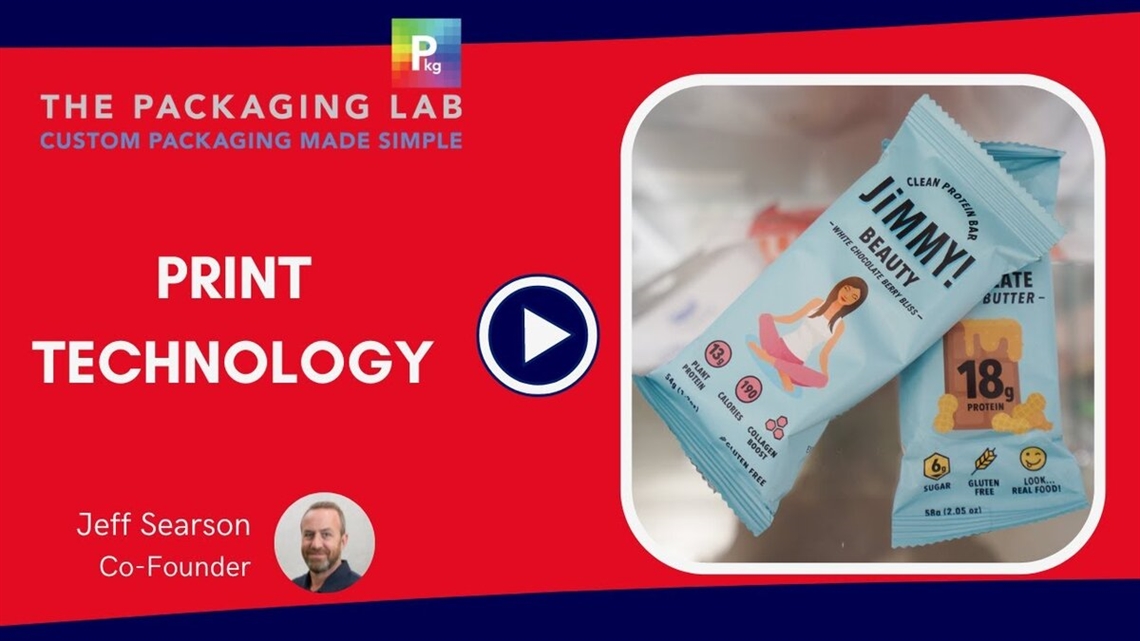What Type of Print Technology Is Used in Custom Packaging?
26 July 2024
Custom packaging is everywhere—on the products we buy, the parcels we receive, and even the promotional materials handed out at events. But have you ever wondered what goes into making these eye-catching designs? The answer lies in the type of print technology used in custom packaging. This blog post will explore the various printing methods used, highlighting their unique features and advantages.
Understanding Print Technology in Custom Packaging
The Importance of Print Technology
In the world of custom packaging, print technology is more than just a way to put ink on paper. It is a crucial component that influences the quality, durability, and visual appeal of the final product. The right printing technique can make a significant difference in the cost-effectiveness and efficiency of the packaging process.
Common Print Technologies
There are several types of print technology used in custom packaging, each with its own set of benefits and applications. The most prevalent methods include offset printing, flexographic printing, rotogravure printing, and digital printing. Each of these technologies has specific characteristics that make them suitable for different packaging needs.
Types of Print Technology in Custom Packaging
Offset Printing
Offset printing is one of the oldest and most common print technologies used in custom packaging. This method involves transferring ink from a plate to a rubber blanket, and then to the printing surface. The process allows for high-quality, consistent prints, making it ideal for large production runs.
Benefits of Offset Printing
- High Quality: Produces sharp and clean images with excellent color reproduction.
- Cost-Effective for Large Runs: Economical for high-volume orders due to the low cost per unit at scale.
- Versatile: Suitable for a wide range of surfaces, including paper, cardboard, and plastic.
Flexographic Printing
Flexographic printing, or flexo, uses flexible relief plates to transfer ink onto various substrates. This technology is widely used for packaging materials such as corrugated boxes, labels, and flexible plastics. Flexo printing is known for its ability to print on non-porous surfaces, making it highly versatile.
Benefits of Flexographic Printing
- Versatility: Can print on a wide variety of materials, including plastic, foil, and paper.
- Speed: Fast printing process, making it ideal for large production runs.
- Economical: Low cost for high-volume printing, with minimal setup time.
Rotogravure Printing
Rotogravure, or gravure printing, involves engraving the image onto a cylinder, which is then used to transfer the ink onto the substrate. This method is particularly effective for high-quality, high-volume printing tasks, such as magazines, packaging, and wallpaper.
Benefits of Rotogravure Printing
- High Quality: Produces high-resolution images with fine details and rich colors.
- Durable: Long-lasting print quality that withstands wear and tear.
- Efficiency: Suitable for very large print runs, making it cost-effective for extensive projects.
Digital Printing
Digital printing is a relatively new type of print technology used in custom packaging. Unlike traditional methods, digital printing does not require plates. Instead, it uses digital files to directly print the image onto the substrate. This makes it highly flexible and quick to set up.
Benefits of Digital Printing
- Flexibility: Ideal for short runs and custom designs, allowing for quick changes and adjustments.
- Cost-Effective: No need for plates, reducing initial setup costs.
- Speed: Fast turnaround times, perfect for urgent orders or small batches.
How to Choose the Right Print Technology
When selecting the type of print technology for custom packaging, several factors need to be considered:
- Volume: Large production runs may benefit from offset or rotogravure printing due to their cost-efficiency.
- Material: Flexographic printing is excellent for non-porous materials, while digital printing offers flexibility for various substrates.
- Quality: For high-quality images with fine details, rotogravure and offset printing are preferable.
- Cost: Digital printing is cost-effective for small runs, while flexographic printing offers savings for larger volumes.
Conclusion
Print technology plays a pivotal role in the custom packaging industry. Understanding the different types of print technology—offset, flexographic, rotogravure, and digital—can help businesses make informed decisions to achieve the best results for their packaging needs. Whether it's the high quality of offset printing, the versatility of flexographic printing, the detailed precision of rotogravure, or the flexibility of digital printing, each method offers unique benefits that cater to specific requirements. Contact The Packaging Lab today to learn more about how we can help you choose the best printing solution for your custom packaging needs.
